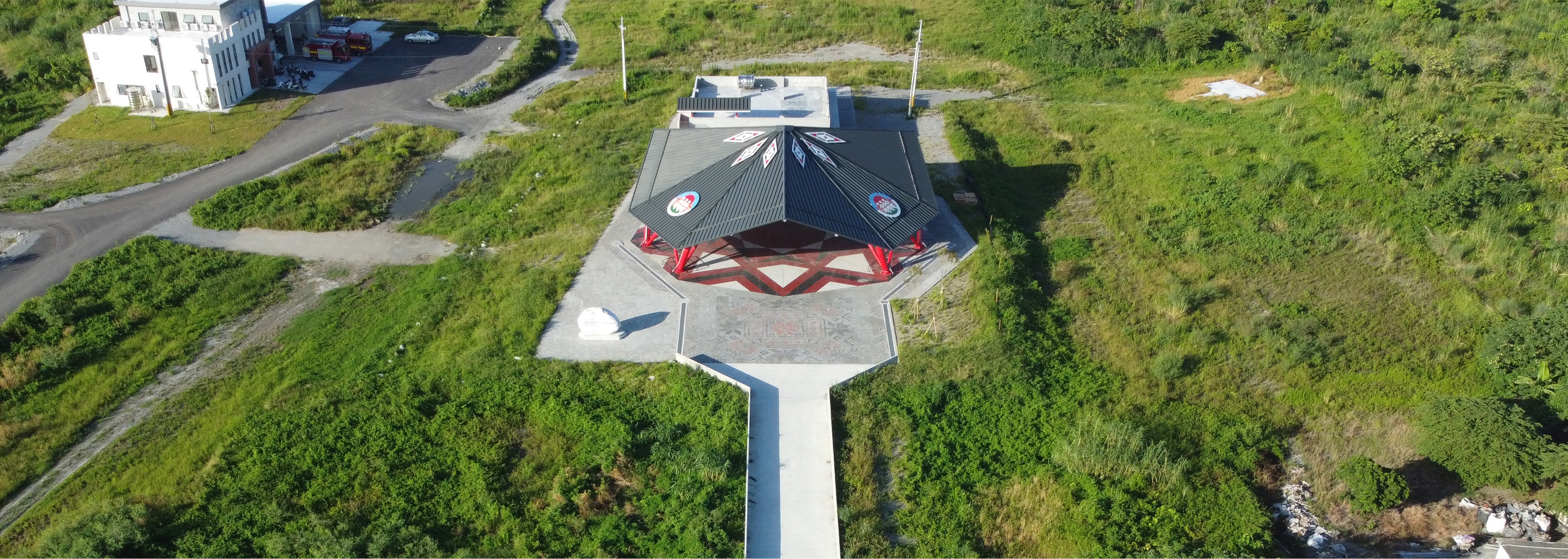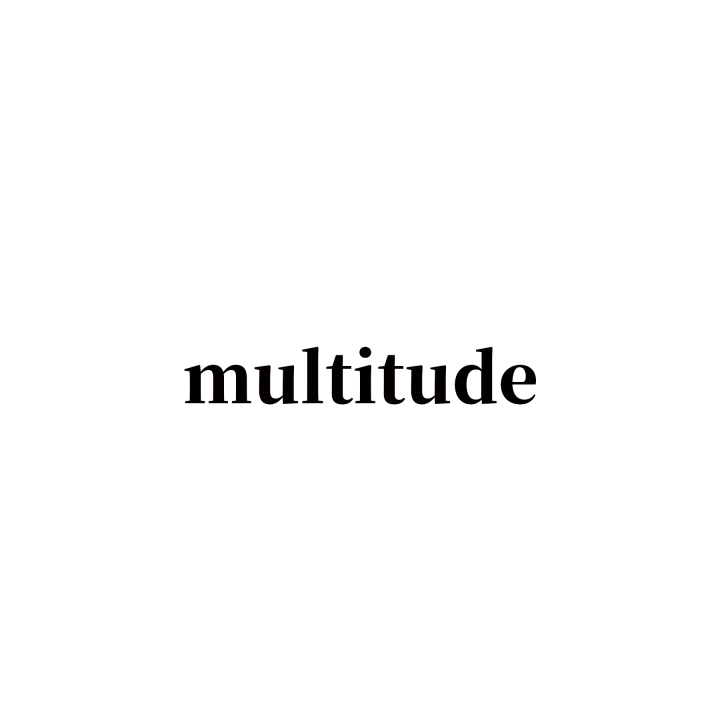
In the 17th century, Taiwan entered the colonial period, with China, Spain, Portugal, and Japan colonizing the island. While this brought modern infrastructure and international languages, it also oppressed the living space of indigenous people, leading to the decline of their culture. This design aims to preserve and revitalize the culture of the Amis, an indigenous tribe, through a new community center.
The building uses red, black, and white, the main colors from traditional Amis attire. The umbrella-shaped exterior and nonagonal layout accommodate traditional Amis dances, allowing the tribe to form a circle to celebrate the annual harvest. The Amis place great importance on age hierarchy, ancestors, and deities. Therefore, the roof is lifted at the corners, facing the sun god and the elders’ residence, symbolizing a welcoming entrance. Three trusses support the structure, balancing wind and seismic forces while representing the three age groups in Amis mythology. Traditional Amis totems around the building declare it as their property and symbolize respect for deities, nature, and ancestors.
Other prizes Yuan-Ye Award MUSE Design Awards Rethinking The Future AWARDS LONDON DESIGN AWARDS BIG SEE AWARD A' Design Award Architizer A+ Award BUILT DESIGN AWARDS Germam Design Award

